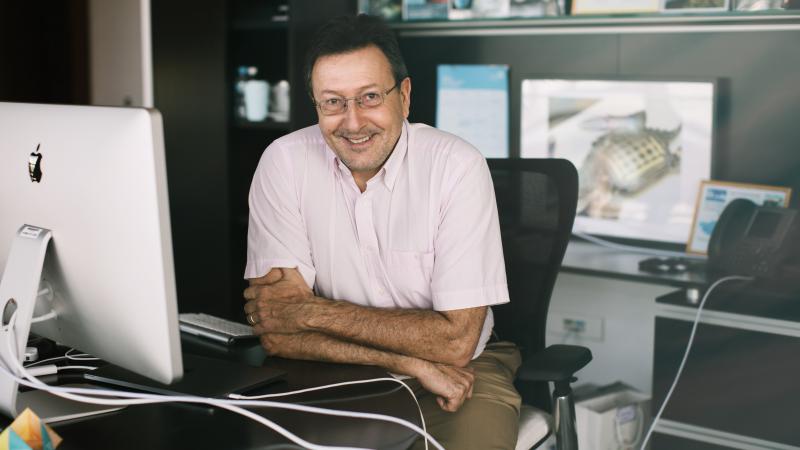Dr. Paula Moraga is part of a multidisciplinary KAUST research team that applies models to COVID-19. She has worked on projects examining malaria in Africa and leptospirosis in Brazil, and the models she develops rely on in-depth knowledge about each disease.
"With malaria, for example, we know that it's transmitted by mosquitoes," said Moraga. "So, if some regions have a high density of mosquitoes, are close to bodies of water or have a lot of humidity, we know that we are going to probably see a high risk of this disease."
Into the unknown
In many places, malaria and leptospirosis transmission is also seasonal, peaking after the rainy season. COVID-19 is different.
"We don't know much about it; we don't know if it is affected by temperature [or] humidity [or] if it has seasonal patterns—so we cannot use this information in the model," Moraga noted. "But we know that this is a disease transmitted through close contact with infected persons or contaminated surfaces, so if people come into contact, their probability of infection will be higher."
This is where mobility data can provide valuable insights.
"We have been in contact with cellphone companies who can provide us with data about a population's movement in a region," she explained. "We can then include this information in the model to predict the number of cases in the following days and weeks and to plan the resources we are going to need, including number of beds, ventilators and medical staff."
"This information is very sensitive and we respect people's privacy," Moraga continued. "So, while the cellphone companies have exact coordinates of the movement, we will get aggregated data only."
Our digital footprints
Moraga is currently a lecturer in statistics at the University of Bath in the U.K., but she will join KAUST in September as an assistant professor of statistics.
Her work to understand the spatial and spatio-temporal patterns of disease also draws on digital data, and this is crucial in the fight against COVID-19.
Although traditional surveillance systems have their place, they have a limitation: time. From the point that a person gets the disease, goes to the doctor and does required laboratory tests and that information enters the system, the process may take several weeks.
Read the full article





